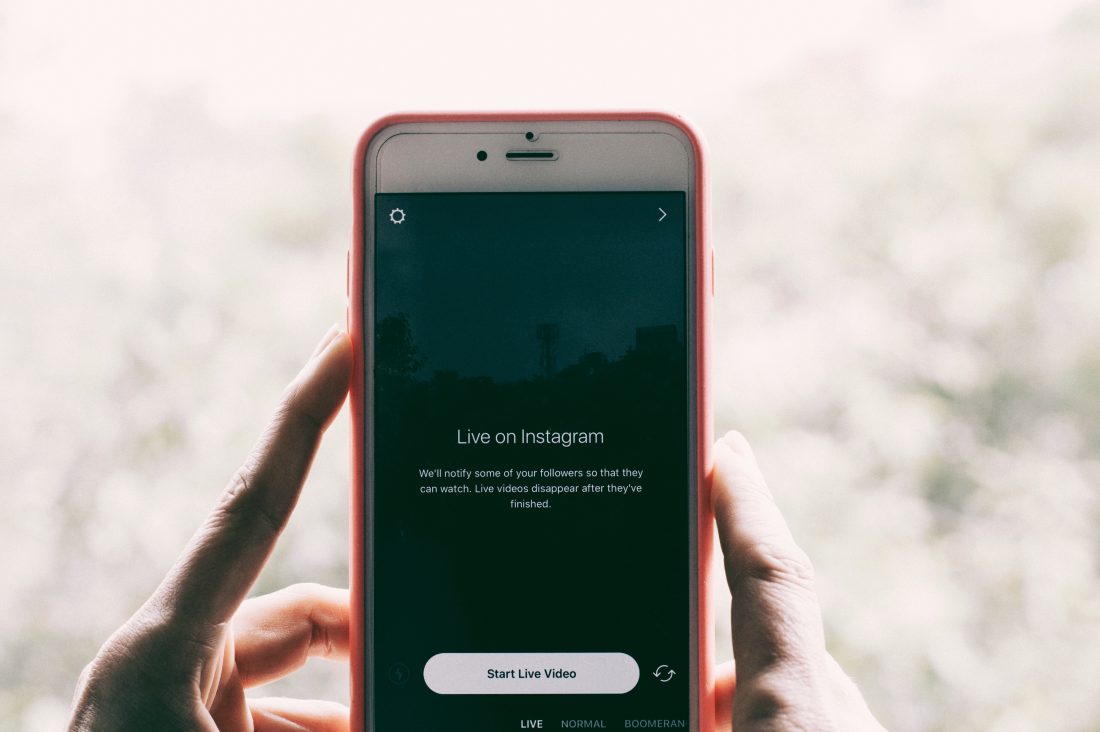
5 Tips for Starting an Influencer Marketing Campaign
Influencer marketing is having a moment—and it’s definitely not going away anytime soon—as studies and research show that is has become one of the fastest-growing online customer acquisition methods.
These digital thought-leaders are individuals, groups, or organizations with large, loyal followings and the power to seriously sway consumer opinion. Many users say they have made a purchase as a direct result of a post from an influencer.
As pay-to-play takes over the digital world, influencer marketing has also shifted in that direction, as brands reallocate their budgets to incorporate paid programs and more influencers are looking to monetize their channels.
So, if your nonprofit is just getting started, here are some simple, budget-friendly ways to start building some relationships:
What’s the point? Make sure to set goals and KPIs.
Before you start an influencer marketing campaign, be sure to nail down exactly what your endgame is and how you will measure success.
Ask yourself these questions: Would an influencer marketing campaign help you establish trust amongst an audience, build awareness, or drive actions? Do you want to see increased traffic to your website or blog? Do you want more event attendees?
Who’s listening? Invest in persona development.
If your organization hasn’t yet defined high-impact target audiences, persona development may be a helpful process for you. Developing personas can help you make sure you are reaching the right audience in the right places with the right message and, ultimately, recruiting these audiences to your mission.
Once you have personas nailed down, you can match influencers to the groups. We guarantee that you will have more success engaging with influencers and their followings if they have an existing affinity for your organization.
Which influencers? Build + organize an influencer database.
Comb social media, blogs, news articles, your fans/followers, and CRM databases to find individuals who match your personas or goals.
Remember, influencers don’t need to have large social followings to make the cut. Some might write a weekly column or participate in speaking events that could be valuable to your organization. Micro influencers are also a great audience to reach out to.
- Evaluate your relationship with the influencer. Is your organization new to them, or do you have a prior relationship? Is there an internal contact who might be able to reach out first to introduce you?
- Google them to see where else they are active, online or offline. Consider if they are on the right platforms for you.
- Take a look at what they’re sharing online. Does their content align with your goals? Determine whether your content fits in or stand out amongst their posts.
- Analyze their social audiences. Be sure that their followers and fans are for real with a quick scan.
- Invest in social listening or test out some free tools such as BuzzSumo, FollowerWonk, and TweetReach.
- Does your organization have alumni who would be eager to share news, content, or fundraising messages on your behalf?
Develop an active running list of their names, social accounts, email addresses, and other relevant information you can find of them. Perhaps they’ve written a recent article that you could share commentary on.
Do they know you? Introduce yourself.
Step 1: Make sure you are following their social accounts and check to see if they are already following you. Subscribe to their blogs, newsletters, or personal websites to stay up-to-date on their activity.
Step 2: Find the right authentic moment to make an introduction. When you reach out, make sure that you show that you have taken the time to understand what they’re all about. You can tweet, retweet, email, or even call them to do so.
Step 3: Once you have made the first connection, continue to nurture the relationship. Don’t bug them… just keep yourself on their radar.
And finally, make the ask.
Once you have their attention, it’s time to make the ask. If your organization has a blog or produces timely content, try sharing that with them and ask them to retweet or share on your behalf. It’s easiest to just ask them to retweet or share drafted social copy via email.
- If an influencer has a high interest in engaging with you, see if they might be interested in writing a guest blog or being featured in an interview.
- You should also think about inviting them to an event, offering them the opportunity to volunteer, or simply replying to their posts with thoughtful commentary.
- Do expect that they might ask you to share their content in return!
While these tips only scratch the surface of what an influencer campaign could look like and become, it is important to start in a strategic manner and work your way to a robust plan as bandwidth and budget allows. If you do choose to start engaging with influencers in a more formal way, be sure to review and comply with the FTC’s guidelines for endorsements before moving forward.
Need help with persona development or building an influencer database? Drop us a line!
For even more social tips, check out our free guide.